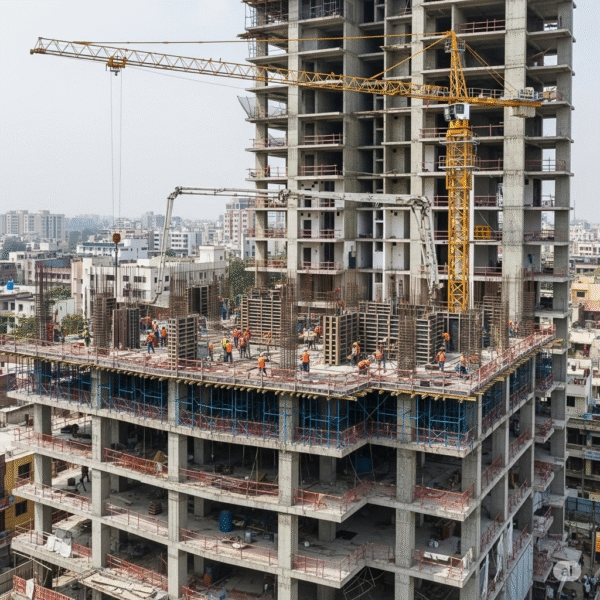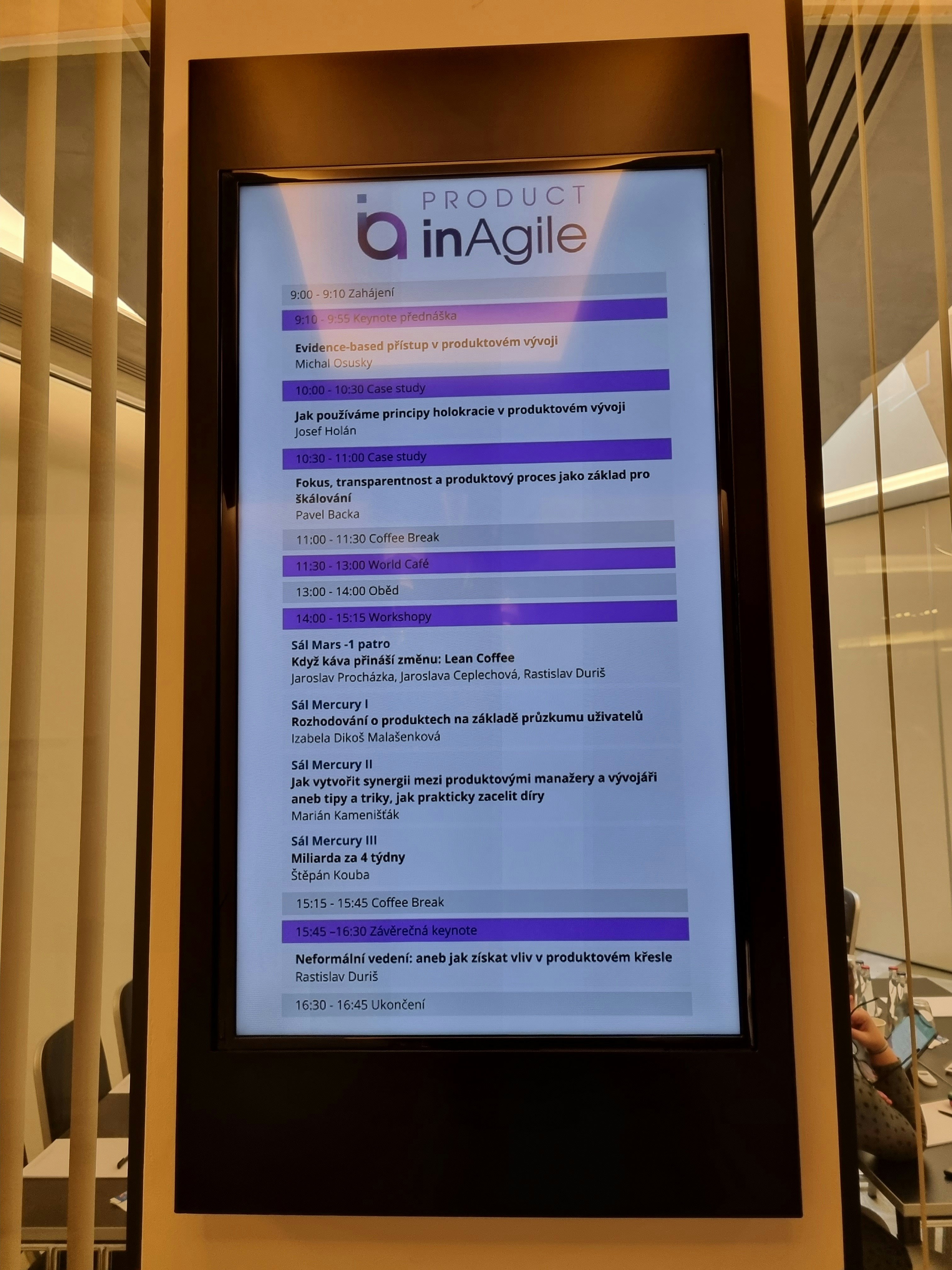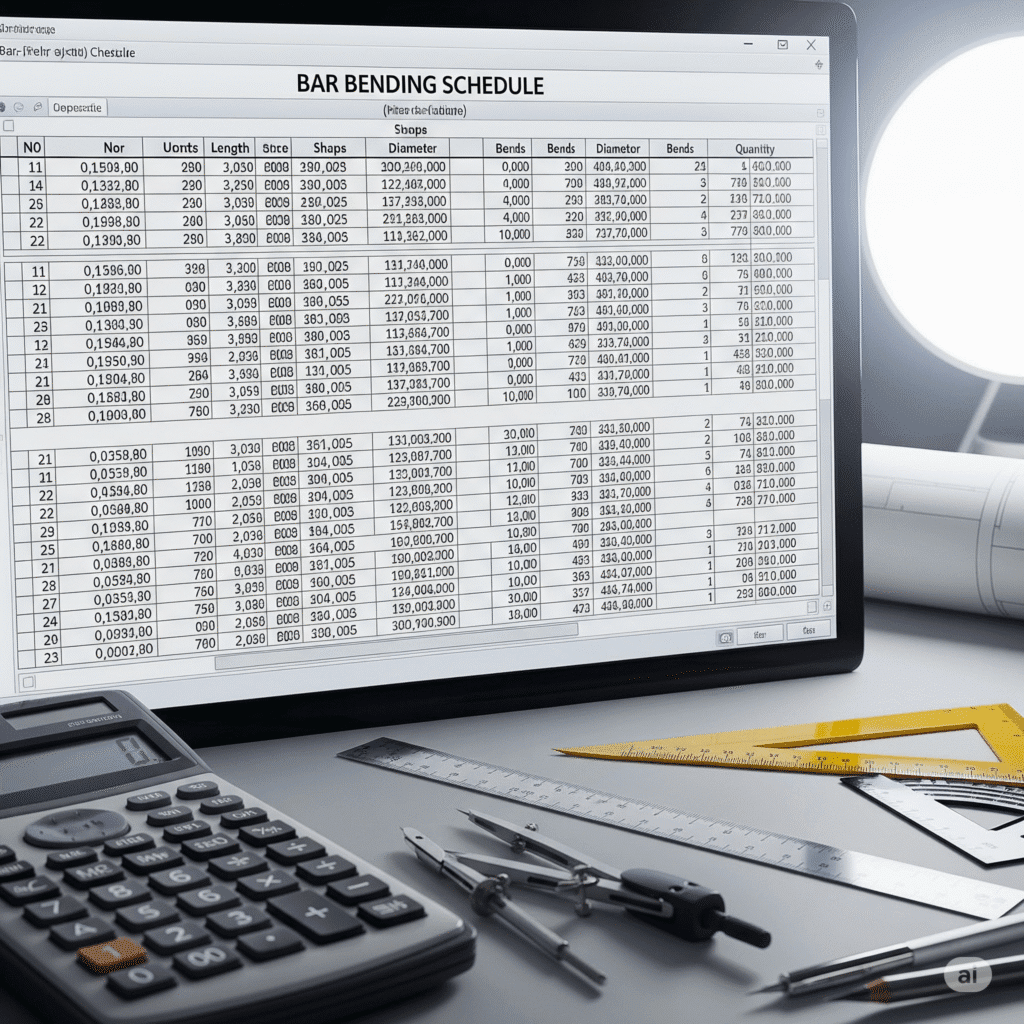Introduction
Indian Standard (IS) Codes form the backbone of civil engineering practices in India, providing standardized guidelines for construction, design, and quality control. These codes ensure safety, durability, and uniformity across all construction projects, from residential buildings to massive infrastructure developments.
Understanding and implementing IS Codes is crucial for maintaining construction quality, meeting legal requirements, and ensuring structural safety. Whether you’re designing a foundation, mixing concrete, or planning road construction, these standards provide the technical framework that governs every aspect of civil engineering work.
Who Should Read This Guide:
- Fresh graduates and experienced civil engineers
- Real estate developers and construction contractors
- Architecture and engineering students
- Homeowners planning construction projects
- Quality control professionals and site supervisors
- Government officials involved in construction approvals

Key Methodologies & Processes
Step-by-Step Implementation Framework
The implementation of IS Codes follows a systematic approach that integrates with project planning, design, execution, and quality control phases. Understanding this methodology ensures compliance and optimal results.
Design and Planning Integration IS Codes must be incorporated from the initial design stage. Engineers reference specific codes like IS 456 for concrete structures or IS 800 for steel structures during the design phase. This early integration prevents costly modifications during construction.
Material Selection and Specification Codes like IS 1077 for bricks and IS 2062 for structural steel provide material specifications. These standards define quality parameters, testing methods, and acceptance criteria that must be met before materials enter the construction site.
Construction Execution Standards During construction, codes like IS 1904 for foundations and IS 13920 for earthquake-resistant detailing guide the actual building process. Site engineers use these standards to ensure proper execution techniques and quality control measures.
Testing and Quality Assurance IS 516 for concrete strength testing and IS 3495 for brick testing provide the framework for quality verification. These codes specify testing frequencies, procedures, and acceptance criteria that validate construction quality.
International Standards Comparison
While IS Codes are mandatory for Indian construction, understanding international equivalents helps in global projects. IS 456 aligns closely with ACI 318 (American Concrete Institute), while IS 800 has similarities with AISC standards for steel construction.
Material & Manpower Requirements
Typical Materials Governed by IS Codes
Concrete Technology Materials:
- Cement (IS 8112, IS 12269)
- Aggregates (IS 2386 series)
- Admixtures (IS 9103)
- Reinforcement steel (IS 1786)
Structural Steel Components:
Foundation Materials:
- Soil testing equipment for IS 6403 compliance
- Piling materials as per IS 2911
- Waterproofing materials (IS 2185)
Masonry Materials:
Labor & Machinery Requirements
Skilled Personnel:
- Certified welders for IS 800 compliance
- Concrete technicians trained in IS 456 requirements
- Site supervisors familiar with IS Code implementation
Testing Equipment:
- Compression testing machines (IS 516)
- Ultrasonic testing equipment
- Core cutting machines
- Aggregate testing apparatus
Construction Machinery:
- Concrete mixers meeting IS 10262 specifications
- Vibrators for proper concrete compaction
- Lifting equipment with safety certifications (IS 3764)
Deliverables at Each Stage
Pre-Construction Phase
Design Calculations and Reports:
- Structural design calculations using IS 456/IS 800
- Foundation design reports following IS 1904
- Earthquake analysis as per IS 1893
- Mix design reports conforming to IS 10262
Material Specifications:
- Detailed material specifications referencing appropriate IS Codes
- Quality control plans for material testing
- Vendor qualification criteria based on IS standards
Regulatory Approvals:
- Building plan approvals incorporating IS Code compliance
- Environmental clearances
- Fire safety approvals following NBC standards
Construction Phase
Quality Control Documentation:
- Daily concrete cube testing reports (IS 516)
- Steel testing certificates (IS 2062)
- Brick testing reports (IS 3495)
- Aggregate testing documentation (IS 2386)
Progress Monitoring:
- Weekly progress reports with IS Code compliance status
- Non-conformance reports and corrective actions
- Third-party inspection reports
Safety Documentation:
- Scaffolding safety checklists (IS 3764)
- Formwork safety inspections (IS 3696)
- Site safety audit reports
Post-Construction Phase
Completion Certificates:
- Structural completion certificates
- Quality compliance certificates
- Safety clearance documents
Testing and Commissioning Reports:
- Final structural testing reports
- Load testing certificates where applicable
- Handover documentation with IS Code compliance summary
Maintenance Manuals:
- Maintenance schedules based on IS Code recommendations
- Warranty terms aligned with IS standards
- Service life predictions using IS Code methodologies
Stakeholders & Communication Matrix
Key Players in IS Code Implementation
Primary Stakeholders:
- Structural Engineers: Responsible for design compliance with IS 456, IS 800
- Site Engineers: Ensure construction execution follows IS standards
- Quality Control Engineers: Implement testing protocols per IS 516, IS 3495
- Contractors: Execute work according to IS Code specifications
Regulatory Bodies:
- Bureau of Indian Standards (BIS): Code development and updates
- Local Building Authorities: Approval and inspection based on IS Codes
- Certified Testing Agencies: Third-party testing and certification
Secondary Stakeholders:
- Material Suppliers: Provide IS Code compliant materials
- Equipment Manufacturers: Supply testing equipment meeting IS standards
- Consultants: Provide specialized expertise in specific IS Codes
Communication Protocols
Weekly Coordination Meetings:
- Review IS Code compliance status
- Discuss testing schedules and results
- Address non-conformance issues
- Plan upcoming activities requiring IS Code adherence
Monthly Progress Reports:
- Comprehensive IS Code compliance summary
- Testing results compilation
- Deviation analysis and corrective measures
- Updated compliance timeline
Documentation Flow:
- Test results must be shared within 48 hours of completion
- Non-conformance reports require immediate escalation
- Design changes need approval from all relevant stakeholders
- Final compliance certificates require multi-party sign-off
Value Engineering Opportunities
Cost-Saving Techniques Without Compromising Quality
Concrete Technology Optimization: Using IS 10262 guidelines, engineers can optimize concrete mix designs to achieve required strength with minimal cement content. This approach reduces material costs while maintaining structural integrity. Incorporating supplementary cementitious materials like fly ash (as per IS 3812) can reduce cement consumption by 15-20%.
Structural Steel Efficiency: IS 800 permits various design approaches including Limit State Design, which often results in more economical steel consumption compared to traditional Working Stress Method. Proper section selection using IS 808 can lead to 10-15% steel savings in typical structures.
Alternative Materials:
- Hollow concrete blocks (IS 2185) instead of solid bricks for non-load bearing walls
- Precast concrete elements following IS 15916 for faster construction
- Recycled aggregates meeting IS 383 specifications for non-structural applications
Sustainable Alternatives
Green Building Materials:
- Fly ash-based concrete (IS 3812) reduces environmental impact
- Recycled steel meeting IS 2062 specifications
- Sustainable drainage systems following IS 1742 modifications
Energy-Efficient Designs:
- Optimized structural systems using IS 456 provisions for reduced material consumption
- Seismic design per IS 1893 that incorporates base isolation for better performance
- Foundation designs using IS 1904 that minimize excavation and concrete usage
Life Cycle Cost Analysis: Implementing IS Code recommendations for durability (IS 456 durability provisions) increases initial costs by 5-10% but reduces maintenance costs by up to 40% over the structure’s lifetime.
Case Study: High-Rise Residential Complex
Project Overview
Project Details:
- 30-story residential tower in Mumbai (Seismic Zone III)
- Built-up area: 45,000 sq.m
- Construction period: 36 months
- Total project cost: ₹180 crores
IS Codes Applied:
- IS 456:2000 for RCC design
- IS 1893:2016 for seismic analysis
- IS 1904:1986 for foundation design
- IS 13920:2016 for ductile detailing
Challenges Faced & Solutions Implemented
High Seismic Loads The structure required significant lateral force resistance due to its height and location in Seismic Zone III.
Solution: Implemented dual structural system combining moment-resisting frames with shear walls, designed as per IS 1893 and IS 13920. This approach provided adequate stiffness while maintaining ductility requirements.
Deep Foundation Requirements Soil investigation revealed poor bearing capacity at shallow depths, requiring deep foundation solution.
Solution: Adopted bored cast-in-situ piles designed per IS 2911, extending to 25m depth. Load testing confirmed design capacity with factor of safety as specified in IS 6403.
High-Strength Concrete Requirements Structure demanded M40 grade concrete for columns in lower stories.
Solution: Developed mix design using IS 10262:2019 guidelines with supplementary cementitious materials. Achieved target strength consistently through rigorous quality control per IS 516.

Results & Key Takeaways
Quantifiable Results:
- Completed 2 months ahead of schedule
- Material savings of 12% through optimized design
- Zero structural failures during construction
- Achieved 15% higher strength than design requirements
Key Lessons:
- Early integration of IS Codes in design phase prevented costly modifications
- Regular testing per IS standards ensured consistent quality
- Proper documentation facilitated smooth approvals
- Training site personnel on IS Code requirements improved compliance
Risks & Mitigation Strategies
Common Risks in IS Code Implementation
Design Phase Risks:
- Inadequate Code Interpretation: Misunderstanding IS Code provisions can lead to unsafe or uneconomical designs
- Outdated Code Versions: Using superseded versions may result in non-compliance
- Insufficient Site Investigation: Inadequate soil data affects foundation design per IS 1904
Construction Phase Risks:
- Material Non-Compliance: Materials not meeting IS specifications compromise structural safety
- Testing Inadequacy: Insufficient testing frequency or improper procedures
- Workmanship Issues: Poor execution despite proper design
Regulatory Risks:
- Approval Delays: Non-compliance documentation causes project delays
- Legal Penalties: Violations of mandatory IS Codes result in legal consequences
- Insurance Issues: Non-compliance may void insurance coverage
Preventive Measures
Risk Assessment Tools:
- Code Compliance Checklists: Systematic verification of IS Code requirements
- Regular Audits: Third-party reviews of design and construction compliance
- Training Programs: Continuous education on latest IS Code updates
Quality Assurance Systems:
- Material Testing Protocols: Mandatory testing as per relevant IS Codes
- Construction Monitoring: Real-time compliance tracking systems
- Documentation Standards: Comprehensive record-keeping for all IS Code related activities
Technology Integration:
- Digital Compliance Tools: Software for automatic IS Code checking
- Mobile Apps: Field-friendly tools for quick IS Code reference
- Cloud-Based Documentation: Centralized access to current IS Code versions
Most Used IS Codes by Category
1. Concrete Technology
IS 456:2000 – Plain & Reinforced Concrete Code This fundamental code covers structural concrete design, including material specifications, durability requirements, and design methodologies. Key provisions include concrete grade specifications (M15 to M80), reinforcement detailing, and serviceability criteria.
IS 10262:2019 – Concrete Mix Design Guidelines Updated guidelines for designing concrete mixes, incorporating latest research on high-strength concrete and sustainable materials. Includes procedures for trial mixes, strength development curves, and quality control measures.
IS 516:1959 – Methods of Tests for Strength of Concrete Standardized procedures for testing concrete strength, including cube and cylinder testing, specimen preparation, and result interpretation. Essential for quality control and acceptance testing.
2. Structural Steel Design
IS 800:2007 – General Construction in Steel Comprehensive code covering steel structure design using Limit State Method and Working Stress Method. Includes connection design, stability requirements, and fatigue considerations.
IS 808:1989 – Dimensions for Steel Sections Specifications for standard steel sections including I-beams, channels, angles, and hollow sections. Provides section properties and dimensional tolerances.
IS 2062:2011 – Structural Steel Material Standard Material specifications for structural steel including chemical composition, mechanical properties, and testing requirements. Covers grades from Fe 250 to Fe 590.
3. Foundation Engineering
Design & Construction of Foundations (IS 1904:1986) Guidelines for shallow and deep foundation design, including bearing capacity calculations, settlement analysis, and construction specifications.
Calculation of Bearing Capacity (IS 6403:1981) Methods for determining soil bearing capacity for foundation design, including field and laboratory testing procedures.
Design of Pile Foundations (IS 2911(Part-1):2010) Comprehensive guidelines for pile foundation design, including load calculation, pile selection, and testing requirements.
4. Earthquake Engineering
IS 1893 (Part 1):2016 – Seismic Design Criteria Fundamental code for earthquake-resistant design, providing seismic zone maps, response spectra, and design methodologies for various structural systems.
IS 13920:2016 – Ductile Detailing of Structures Detailed requirements for reinforcement detailing in earthquake-resistant concrete structures, ensuring adequate ductility and energy dissipation capacity.
Download Sources
Official BIS Portal:
- Website: https://www.services.bis.gov.in
- Provides authenticated copies of all IS Codes
- Paid service with immediate download facility
- Regular updates and amendments notification
Government E-Gazette:
- Website: https://egazette.gov.in
- Free access to published standards
- Official notification of new codes and amendments
- Legal versions for reference
Third-Party Resources:
- Professional libraries and institutions
- Engineering college libraries
- Professional body memberships (IEI, ASCE India)
Practical Applications for Site Engineers
Interpreting IS 456 for Daily Site Work
Concrete Quality Control:
- Minimum cement content requirements for different exposure conditions
- Cube testing frequency: 1 sample per 100 cubic meters or part thereof
- Acceptance criteria: Average strength not less than target strength plus 1.65 times standard deviation
Reinforcement Details:
- Minimum clear cover specifications for different environmental conditions
- Lap length calculations for different bar diameters
- Anchorage length requirements for adequate bond
Common Violations and Prevention
Frequent Violations:
- Inadequate concrete cover leading to corrosion
- Improper lap lengths in reinforcement
- Insufficient curing duration
- Non-compliance with concrete grade specifications
Prevention Strategies:
- Regular training sessions on IS Code requirements
- Checklist-based quality control
- Proper documentation and record-keeping
- Third-party audits and inspections
Conclusion & Further Reading
IS Codes serve as the foundation for safe, economical, and durable construction in India. Their proper implementation requires understanding, planning, and continuous monitoring throughout the project lifecycle. The codes not only ensure structural safety but also provide frameworks for sustainable construction practices.
Success in IS Code implementation depends on early integration in design, proper material selection, rigorous quality control, and effective stakeholder communication. The investment in proper IS Code compliance pays dividends through reduced maintenance costs, improved safety, and enhanced structural performance.
For construction professionals, staying updated with latest IS Code revisions and understanding their practical applications is crucial for career advancement and project success. The comprehensive nature of these standards makes them valuable references for both routine and complex engineering challenges.
Recommended Further Reading:
- BIS Handbook on Concrete Mixes
- BIS Handbook on Concrete Reinforcement & Detailing
- Earthquake Engineering guidelines by IITK-GSDMA
- NBC (National Building Code) for integrated compliance
External References:



